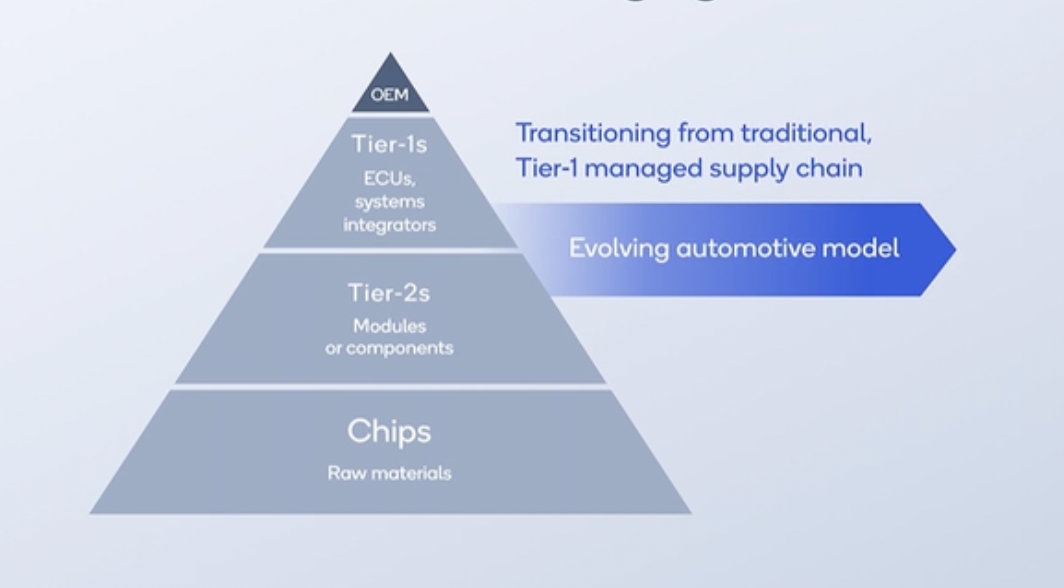Qualcomm is leveraging automotive connectivity for assisted and autonomous driving, digital cockpit, and more
As Qualcomm CEO Cristiano Amon said during CES, the company is “all in on auto.” With its Snapdragon Digital Chassis, a platform designed to facilitate the transition to software-defined vehicles via digital cockpit, driver assistance and enhanced safety features, Qualcomm is currently helping automotive OEMs navigate major changes to the industry with a strong focus on life safety and car-to-cloud connectivity.
In terms of how the sector is changing, Qualcomm’s Shailesh Patil, senior director of technology, told RCR Wireless News, “The automotive industry is going through a transition both in electrification and becoming more autonomous.” As more sensors are added to vehicles and infrastructure, “understanding how the vehicle is behaving and what it’s doing and collecting that sensing data, the connectivity can help a lot there,” he said. “That is a key useful thing which is there that 5G connectivity offers.”
The concept of always-on car-to-cloud connectivity speaks again to this move away from static hardware to more dynamic, software-defined vehicles. Patil said car-to-cloud connectivity supports over-the-air vehicular software updates which, in turn, can unlock new features and functionality. Tracking vehicular health for predictive maintenance purposes is another major benefit.
Looking out on a three- to five-year time horizon, Patil sees ongoing improvements to car-to-cloud connectivity and safety, which he said is Qualcomm’s “number one priority” in the automotive space. Additionally, he said R&D is focused on adapting cellular modem and attendant technologies designed for smartphones to an automotive form factor “which will enable more connectivity and, therefore, more services.”
Protecting vulnerable road users (VRUs) with cloud connectivity
In a demo shown during Mobile World Congress 2023 in Barcelona, Qualcomm focused on protecting VRUs, including pedestrians and bicyclists. In a scenario where pedestrians and vehicles are anonymously sharing location data from smartphones or vehicles, respectively, to the cloud, “The cloud can tell whether a pedestrian or a bicyclist and a vehicle are on a collision course or not,” Patil said. “Just knowing that behind a building there is a pedestrian makes you a little more aware.”
This transfer and analysis of data is enabled by APIs for Snapdragon Car-to-Cloud Services. This suite of solutions provides secure communications to and from vehicles to support customization throughout a vehicle’s lifecycle. The upgrade path allows OEMs to continuously rollout safety and other digital services to vehicles.
Automotive is a major driver of Qualcomm’s diversification strategy
Qualcomm is going through a major diversification strategy that essentially leverages technologies developed for mobile comms and applies that expertise to high-growth sectors like IoT, PCs and automotive.
As Amon told CNBC during CES in January, “We are all in on auto. We have been very committed to diversifying the company. Auto is one of those vectors.” There are currently around 250 million vehicles using Qualcomm products, and Amon estimated that figure will grow 10-fold by 2030 as automakers go further down the path of electrification and autonomy.
Watch this video for a demo of advanced 5G auto connectivity.

